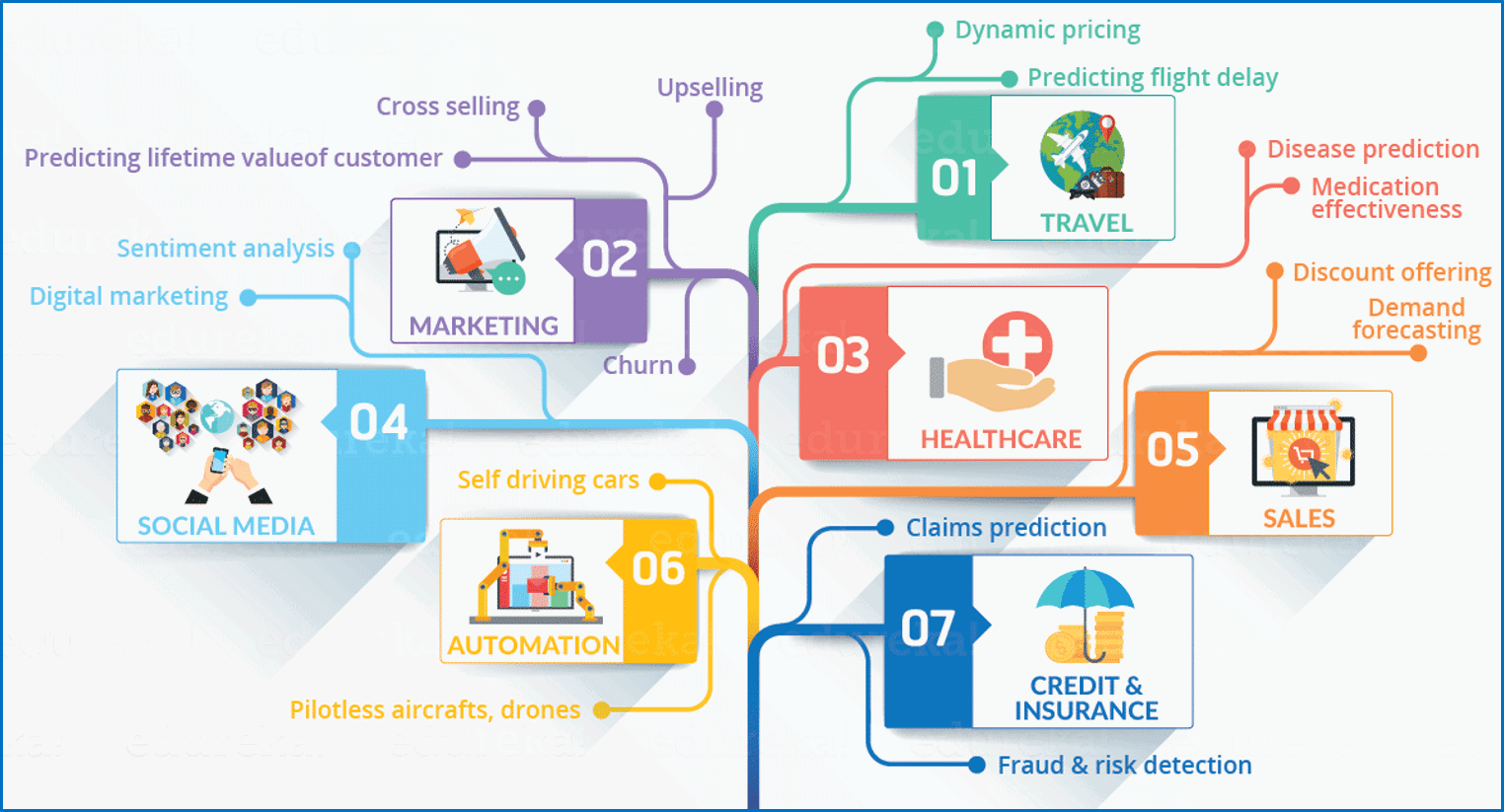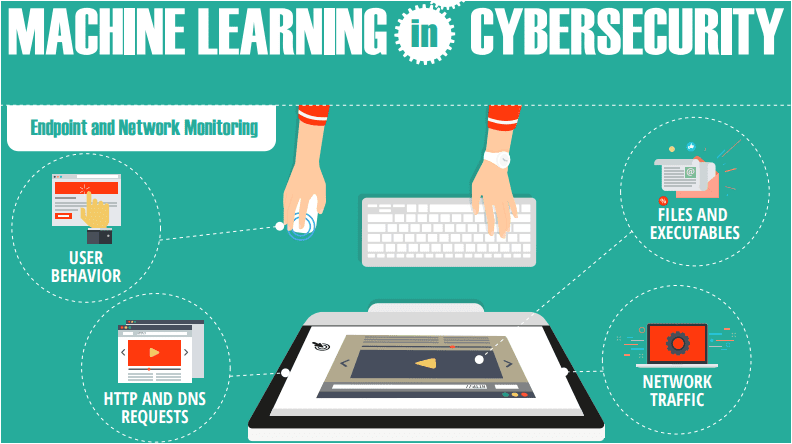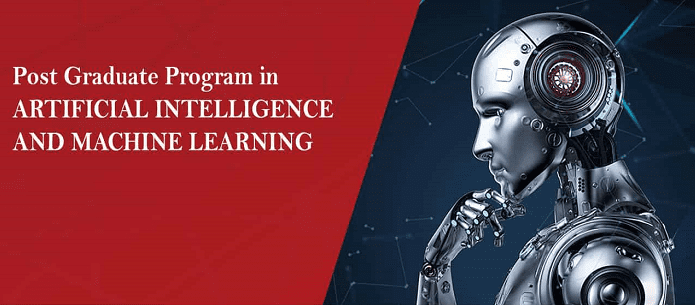Introduction
Machine Learning is one of the top technological trends in the retail world. It is having a great impact on the retail industries, especially in e-commerce companies like Flipkart, Amazon, eBay, Alibaba, etc. These companies completely rely on online sales, where it is common to use Machine Learning or Artificial Intelligence nowadays.
Companies like Flipkart, eBay, Amazon or Alibaba are the successful companies who have integrated AI technologies across the entire sales cycle. Not limited to these big companies, there are also numerous small companies, some of which are already using this technology and inclined towards using this technology for the growth and development of their businesses.
How can Machine Learning Change Retail
We can think of three key scenarios when Machine Learning comes into play:
- Finding the Right Product; Enabling your users or your customers to find the right product at the right time. We can move people away from the regular textual searches and help them find the products more visually.
- Recommending the next product; The other aspect is how do we help them recommend the right product at the right time. One of the things that we increasingly deal with is a choice. We can help customers by giving them the right product at the right time on the basis of their prior user behaviour.
- Understanding the feedback; Once the product is released into the wild, we are interested in knowing how the product fares, people’s opinion about it, their suggestions in relation to the particular product. We can get a better feeling of sentiment, understanding what they do with the product, and get a better answer that can drive your life cycle from a product’s development perspective, marketing perspective and multiple downstream activities.
Applications of Machine Learning in Retail
As discussed above, those three are the key scenarios when Machine Learning is used in Retail. Some other applications of Machine Learning in retail are discussed below:
- Market Basket Analysis: This is the traditional tools of data analysis in retail. The retailers have been making huge profits out of it for years. This is totally dependent on the amount of organization’s data that is collected by customer’s transactions. This analysis is done using Association Rule Mining algorithm.
- Price Optimization: The formation of price not only depends on the cost to produce an item but also on the different types of customers and their budgets as well as other competitor’s offers. The data received from various sources define the flexibility of prices at different locations, different customers’ buying attitude, seasoning, and the competitor’s pricing. The retailers attract customers, retain the attention and realize personal pricing schemes with the help of real-time optimization.
- Inventory Management: Inventory is nothing but stocking goods for their future use. This means retailers stock goods in order to use them in times of crisis. Their aim is to provide a proper product at the right time at the right place and in proper condition. A powerful machine learning algorithms and data analysis platforms help in finding not just the patterns and correlation but also the optimal stock and inventory strategies.
- Customer Sentiment analysis: Sentiment analysis is performed on the basis of Natural Language Processing, and text analysis to extract positive, neutral or negative sentiments. The algorithms run through all the meaningful layers of speech. Here, the output is the sentiment ratings.
- Fraud Detection: Fraud detection is one of the challenging activities for retailers. The reason for fraud detection is an immense financial loss. The algorithms developed for fraud detection not only recognize the fraud and flag it to be banned, but it also predict future fraudulent activities.
Conclusion
In the article, we briefly discussed the applications of Machine Learning in retail.



